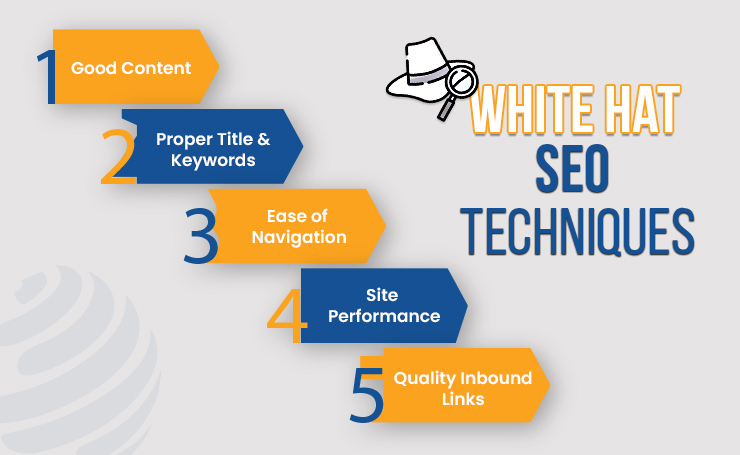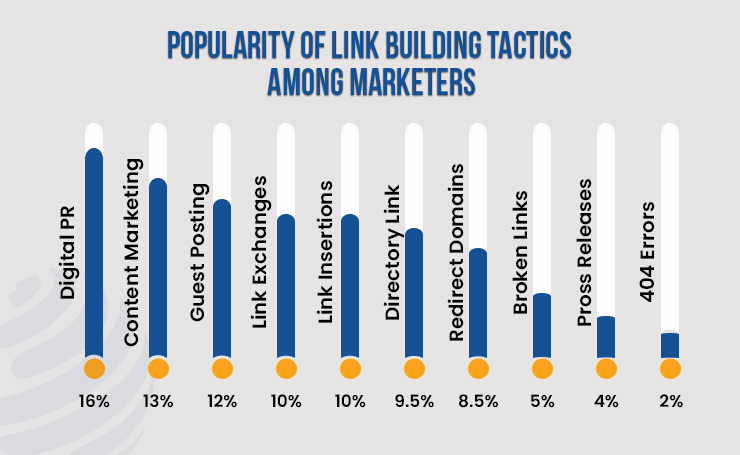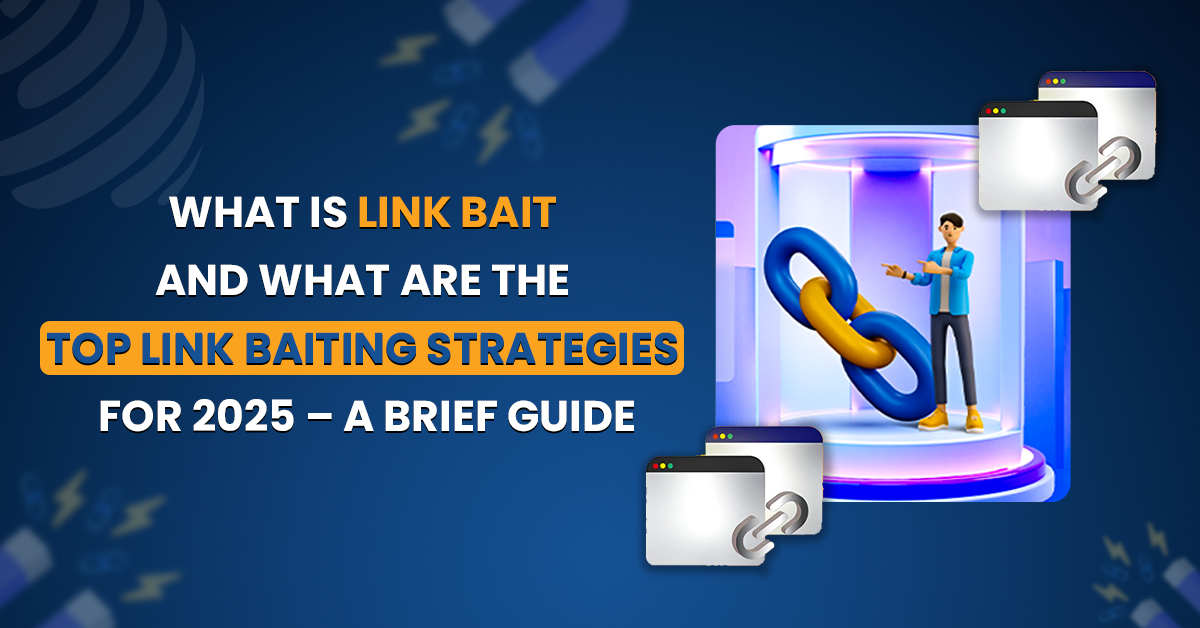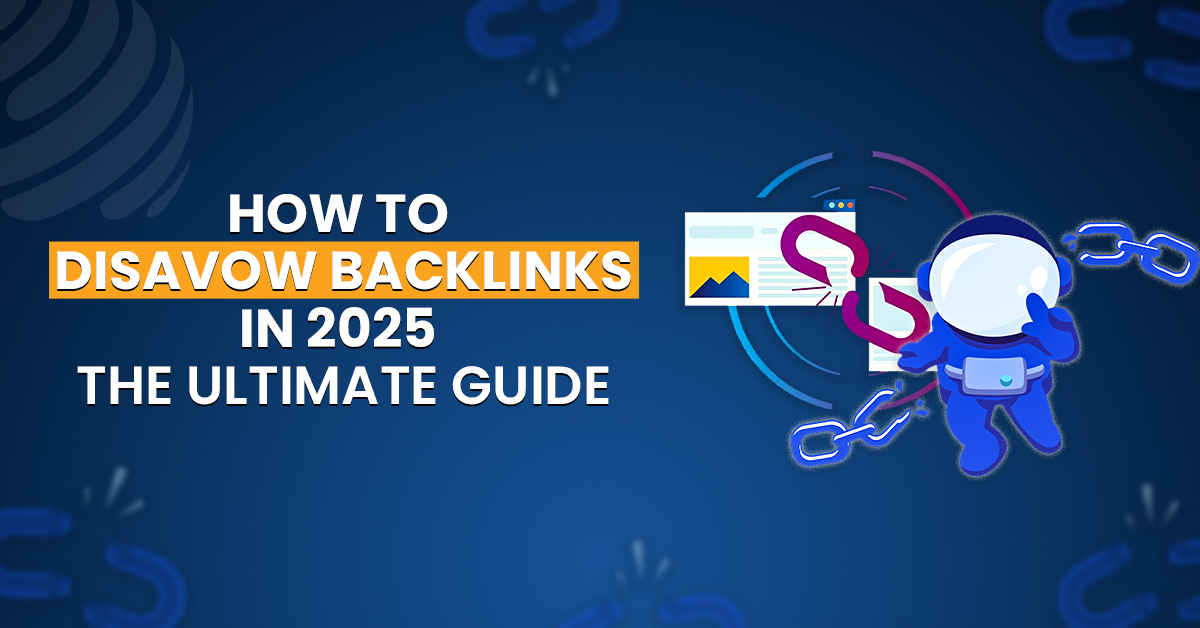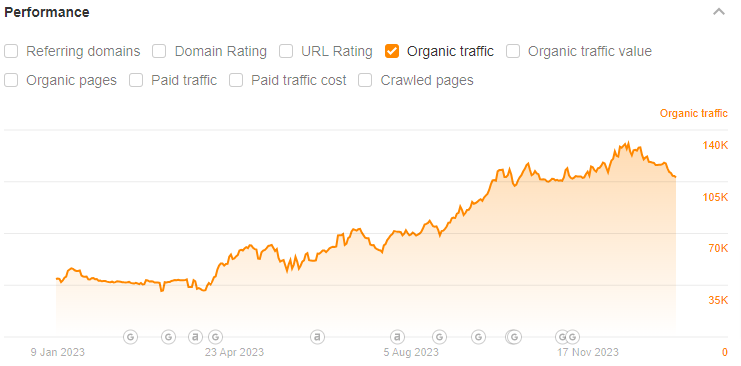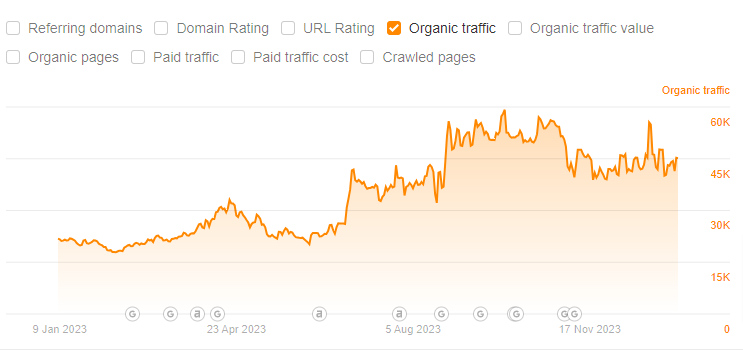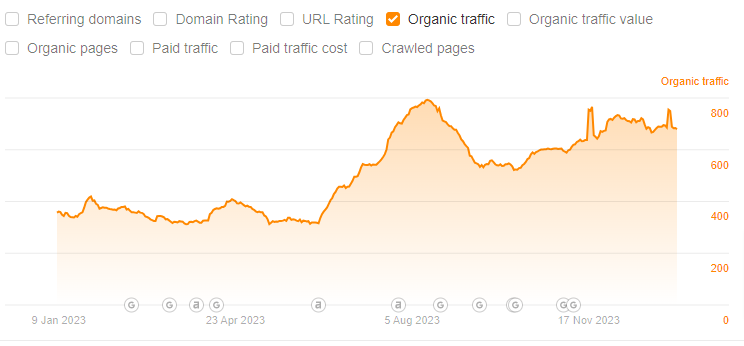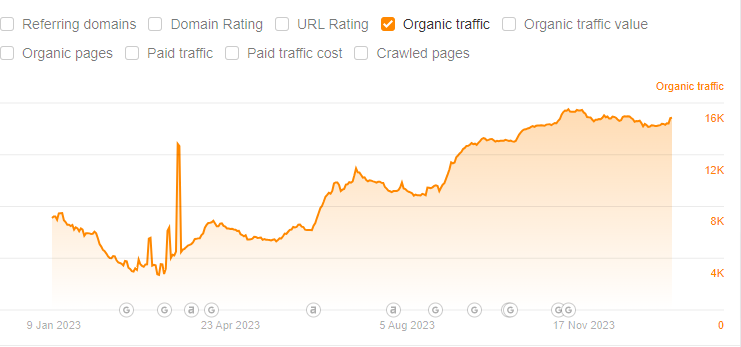To rank competitive niches, you need to have a strategy in place, such as boosting your website’s SEO performance and improving your keyword rankings. The right strategies can help you attract more users to your website. The key is to develop an efficient SEO strategy to distinguish your brand and gain a competitive edge. You might as well want to focus on long-tail and high-value keywords that are aligned with the user search intent and engage in continual backlink building that can then help you boost your SEO performance in competitive niches.
How to Rank Competitive Niches and Dominate Google Page One – An Overview
Understandably, ranking in a competitive niche isn’t easy. We are not talking about competing with small blogs – but – when we refer to the term competitive niche, we are essentially referring to industry giants that are dominating the market.
To rank competitive niches and dominate Google can feel utterly impossible. However, with the right strategies, you can definitely claim the top spot on the SERPs – even in the most competitive niches, such as healthcare, finances, and CBD. Once you start to rank in a competitive niche, you will give your business great visibility, which will increase your website traffic and also generate more leads.
Subsequently, more leads will result in more sales, which will further improve your brand credibility. Since you will appear higher in Google than your rivals, you will be able to establish yourself as an authority in your industry and boost your market share, too.
How to Rank for Competitive Keywords
Now that you have an overview of how to rank in a competitive niche, you must be wondering about how to rank for competitive keywords. Here are the steps:
Start with Reviewing the Top-Ranking Pieces of Content
When speaking of ranking for competitive keywords, the first thing that you must do is to make sure to review the top-ranking pieces of content in Google that are currently ranking in real-time. Check the sites and content that are currently ranking number one for the term that you are going after. While you are at it, take a look at the type of content that is ranking for that specific keyword.
It might be a top-ten list, or it can also be a news article. It might be a guide or a video. The point is to understand the type of content that the competitive keyword is ranking for. Now, after you have carefully reviewed the content, you probably have to create similar content to get your content to rank number one on Google.
Use the Right SEO Tool to Assess Backlinks
Once you have assessed the content, you should take the first top three pieces of content and drop them inside an Ahrefs or SEMrush tool. You can also use an MOZ explorer tool for this purpose. This way, you will get an idea of how many backlinks are to this individual URL as well as the overall domain. This aspect will give you a good indicator of what you are going to have to do for yourself to get that top position in Google.
Also, while you are at it, it might be a good idea to simply drop the page inside the Google page speed test so that you can generate an idea of how fast the page is. Also, take a look at the following aspects of the page:
- Word count
- Use of multimedia
- The number of images
- FAQ’s
The key is to get the overall framework of the page.
Create Something Better
Once you have thoroughly assessed the top-ranking pages, it is time to get down to work and create something that is even better than those top-ranking pages. At this point, you have already gotten the overall framework of the page. You will really have to make an effort to create unique, valuable, and informative content that will help you outrank your competitors.
Instead of simply writing five-hundred-word content, your focus should be on creating a better asset than what your competitors have right now.
Create An Ongoing Linking Program
Subsequently, you will need to have an ongoing program in place where you are consistently adding content, upgrading content, refining content, and building up the hub of the content on that page. If you just create a web page and leave it there, it is almost certainly just going to continue to decline and then fall out of Google after that initial rise it gets after you push the live button.
On that note, you will need to integrate an ongoing linking program so that you can be consistent with adding content, refining content, building up the hub of content on the page, and then also building high quality backlinks for the page. You might want to perform manual white-hat outreach for effective link-building.
After outreach, all that remains is just a consistent process of tweaking the page until it is the best version of the page. You should know that if you succeed at creating a really amazing page on the internet, people will link to it naturally, which is why you must be consistent at updating the content as often as possible.
The goal is to outrank your competitors by making your webpage content the number one source of content on the internet. Also, make sure to have a specific linking strategy in place that is aligned with Google guidelines. Keeping everything else in check, this is how you are going to rank number one in Google for an individual webpage for competitive keywords or terms in 2025.
Carve Out Your Niche to Outrank Your Competitors
In some competitive industries, it can be difficult to rank for competitive keywords. However, no need to despair as we still have a solution, which is to niche down and establish yourself as the go-to authority in a relatively smaller and less competitive space. This aspect includes doing the work and connecting with a micro-audience by performing in-depth keyword research.
The thing about these smaller audiences is that they are often undeserved. Also, when you narrow down to a sub-niche, you are no longer competing with the giants in your industry. Also, you aren’t competing with everyone. What happens is that you will be setting yourself apart from the experts in a niche space that is relatively easier to own.
This is also the key to standing out from the mainstream. You can use the right keyword tool to establish a list of niche-related and profitable long-tail keywords to tap into sub-niches or sub-niches that were untapped before. Subsequently, you will get to dominate these sub-niches.
Identify and Leverage Second-Hand Search Traffic
As we mentioned before, some keywords are essentially impossible to rank for. However, on a similar note, you don’t necessarily need your website to rank for those keywords. What you can do instead is to leverage the sites that are already ranking in search engines. You should leverage Reddit, Quora, and LinkedIn, as these are some of the well-known sites that are constantly ranking and occupying the top spots in Google. Hence, these sites have already earned Google’s trust, which is why you should tap into this second-hand traffic.
By leveraging these sites, you will be piggybacking on their visibility. Also, these tactics can help you attract second-hand traffic to your website. While leveraging this second-hand search traffic, you can get featured on the very first page of Google.
However, the key is to provide real value by answering the questions that are asked on these platforms. We encourage you to share insights and only provide backlinks to your webpage content if it is genuinely helpful for online users.
This tactic is all about leveraging the existing authority of platforms and sites to grow your own website traffic. Of course, you might view this as a shortcut that can help you establish your brand visibility and rank competitive niches.
Best Link-Building Strategies for Competitive Organic Rank
Before we explore the strategies, you must ensure that your on-page is on point. Make sure that your blog is rolling and interlinking with other important pages. Once you have done this, you can focus on several backlinks for highly-competitive websites. With backlinks, it is all about diversity. In higher niches, you can get away with doing as many links and as many types of backlinks as possible as compared to lower niches.
Here are the various types of backlinks you can use in these compete rank sites.
PBNs: PBNs are a network of websites, the objective of which is to create a number of backlinks to a specific website.
Niche Edits: This link-building technique involves the addition of links to existing blog posts or articles.
Guest Posts: In link-building, guest posts refer to articles you write to get published on other sites within your niche.
Web 2.0: Web 2.0 is the practice of generating backlinks to a website through the publication of content on popular UG content, such as social media sites, blogs, forums, etc.
PDF links: PDF links are hyperlinks that are integrated within PDF documents and direct users to another website.
Social Signals: This link-building strategy incorporates the engagement of social media metrics, including likes, comments, and shares, that are linked with the content of a website.
Now, suppose you have a website in a highly competitive niche, such as CBD, and your CBD site has five to ten money pages, such as CBD gummies, oils, and any other category. So, what you will do is you will distribute all of these backlink types, including the home page, and let the juice get sent to individual pages so it creates a whole loop of juice all around the site, and the diversity is on point.
Google sees that kind of link in a very natural way. At the end of the day, it is about how much effort you are putting in, and then you get into a cycle of rinsing and repeating until you achieve those ranks because competitive niches are very volatile. So, in order to beat the rankings on the first page, you have to increase the quantity of every link type, and then you will have the capability to go to the first page of Google.
Final Thoughts
Understandably, it will be difficult to rank competitive niches; however, with the right strategy, everything is possible. You need a proper strategy in place to show your target audience that you have what it takes to deliver the best results, even in the toughest niches. Nonetheless, by focusing on high-quality content and targeting the right competitive keywords, you can soon emerge as an authoritative source within your industry. To save effort and time, you can leverage the SEO and link-building services of a well-known link-building agency such as ours. Our professionals at Globex Outreach know how to help your website outrank your competitors with white-hat tactics.
So, what are you waiting for? Contact us now!
FAQs
What are competitive niches?
Some of the more competitive niches include law services, health, fitness, finance, and online retail. Essentially, these are industries with a larger volume of online engagement and searches.
Which ones are the most powerful backlinks?
Usually, dofollow backlinks are incredibly powerful backlinks. The underlying reason is that search engine bots crawl these backlinks and pass on the link juice to the destination sites. Thus, dofollow backlinks are essential for boosting a website’s domain authority and affect the site’s ability to rank higher in search engine results.
What are the characteristics of a strong backlink profile?
The characteristics of a strong backlink profile include a variety of backlinks, such as high-quality backlinks, niche-relevant backlinks, and links from authoritative niche-related websites. These links are diverse and organic in anchor texts. Also, these links are naturally placed within the content.



